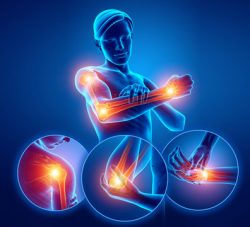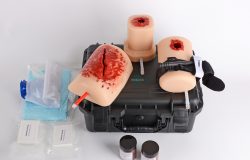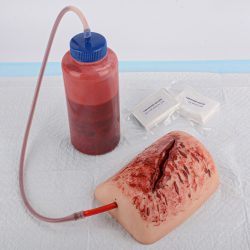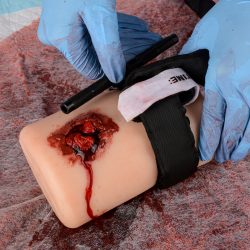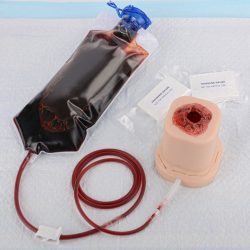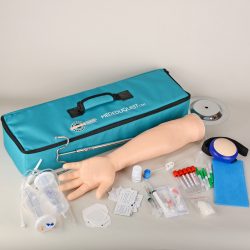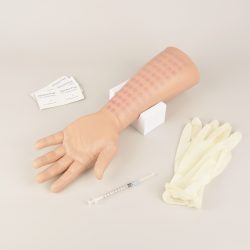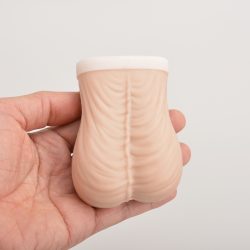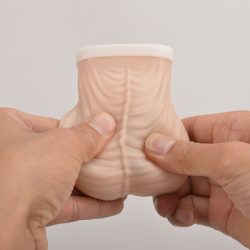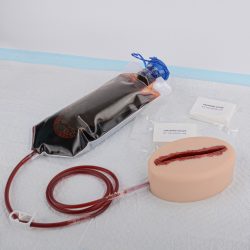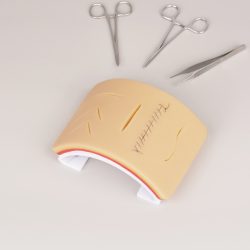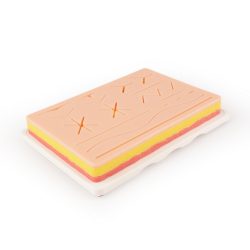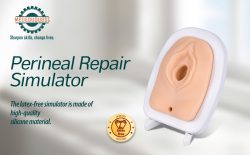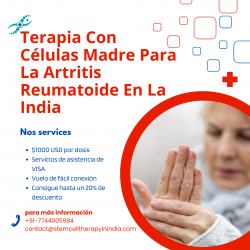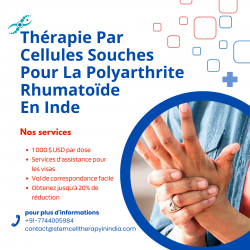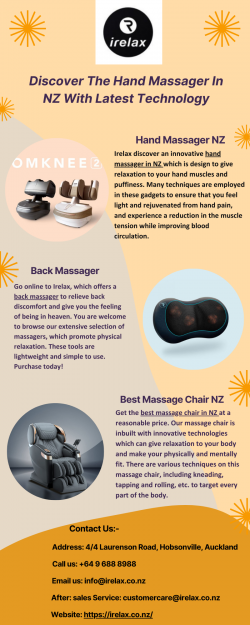Robotically assisted knee arthroplasty
What is arthritis?
Knee arthritis is an inflammatory disease characterized by the destruction of the structural elements of the joint. It usually affects middle-aged and older people. Its main symptoms are pain, swelling, and stiffness of the joint, while it can significantly affect the patient’s quality of life by making his daily life difficult. The most common form of knee arthritis is osteoarthritis. Osteoarthritis is due to the progressive degeneration of the elements of the knee, mainly the articular cartilage. Other common forms of arthritis are rheumatoid and post-traumatic.
What are the symptoms of the disease?
In the initial stages of the disease, the pain is usually more intense in the morning and subsides during the day. Progressively the pain becomes more and more intense and worsens with activities such as walking while in the later stages it becomes constant. Many patients complain of severe worsening of pain with the change of weather and especially with humidity.
The diagnosis of osteoarthritis is made by taking a detailed history and clinical examination while it is confirmed by radiological control. Rarely, an MRI is necessary to accurately visualize the joint.
Conservative treatment or surgery?
Unfortunately, there is no treatment that can restore the knee to its previous state. In the early stages of the disease, symptoms can subside with conservative measures. These include avoiding activities that exacerbate pain (such as long hours of walking or using stairs) while encouraging activities that strengthen the muscles that stabilize the knee.
Pharmaceutically, the intra-articular injection of hyaluronic acid, either alone or in combination with cortisone or platelet-rich plasma (PRP), can limit symptoms and perhaps slow the progression of disease.
In cases of more advanced disease or when conservative treatment fails, surgical treatment is recommended, with the aim of improving the patient’s quality of life. Arthroplasty is the operation in which an orthopedist replaces the worn surface of the knee with a special prosthesis. With the new minimally invasive techniques as well as the fast track surgery protocols, the patient’s hospitalization is minimized, blood loss and post-operative pain are reduced while ensuring a faster return to daily activities.
In recent years there has been a revolution in the field of knee arthroplasty with the introduction of robotics. During robotically assisted knee arthroplasty a three-dimensional model of the patient’s knee is created with the help of a CT scan. The surgeon using this model preoperatively personalizes the operation to the anatomy and needs of the specific patient. Then the orthopedist, with the help of the robotic arm, proceeds with extreme precision in the preparation of the bone and the placement of the materials.
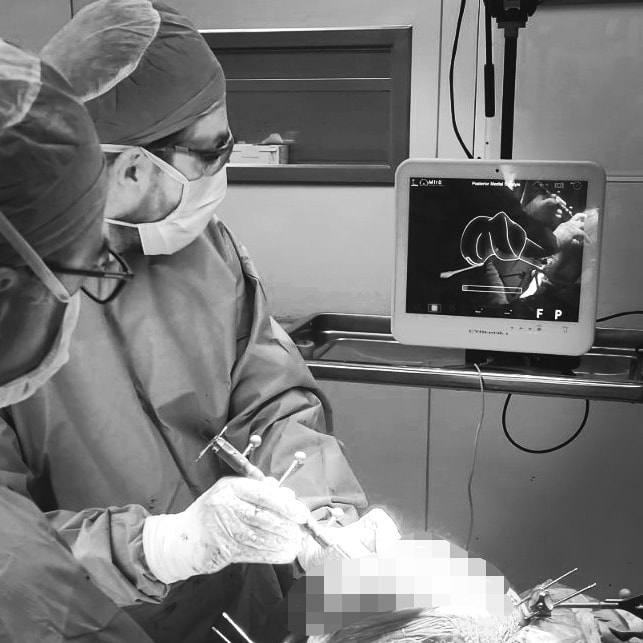
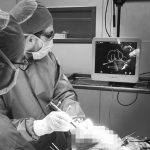


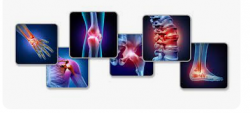


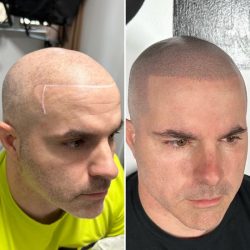





![Mitoburn Reviews (Customer Warning Alert) Shocking ;? Mitoburn [Price$49]](https://salesale.sale/btabcloud/uploads/2024/01/mitoburn-17044529944pl8c-250x125.png)







